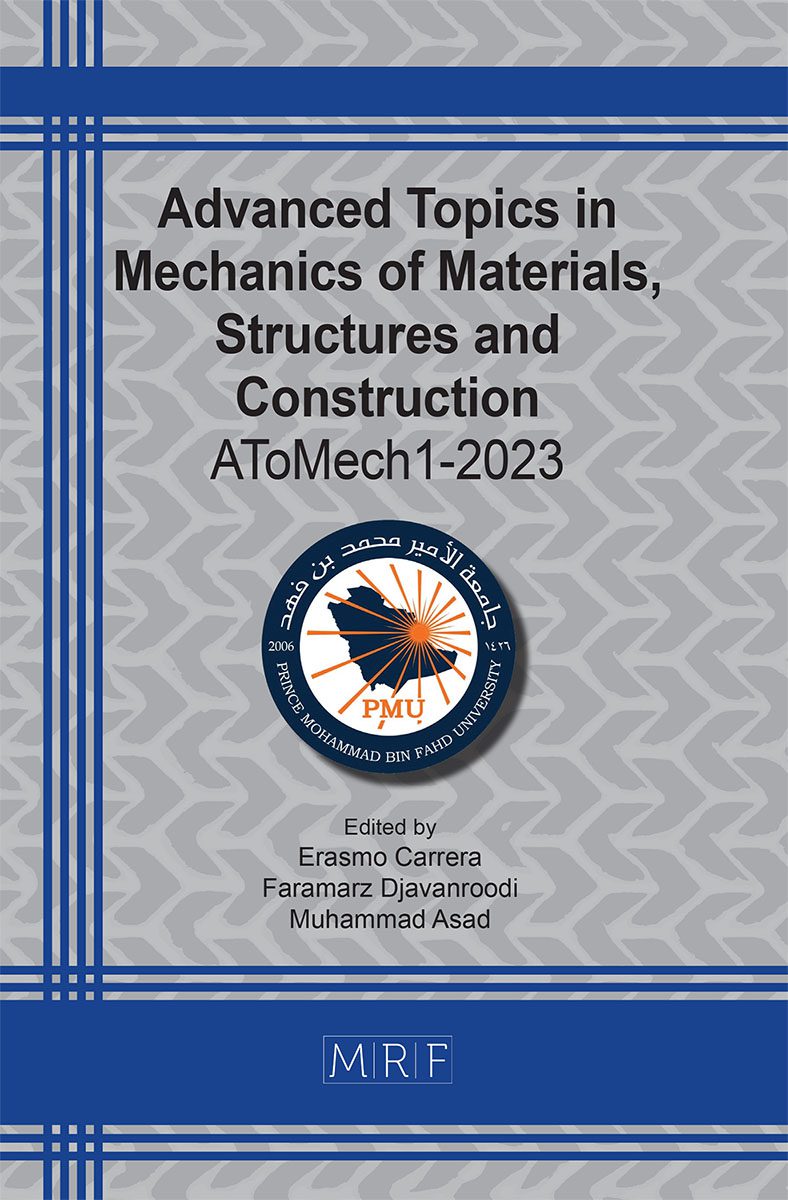Numerical study on the effect of real gas model on the flow structure and shock location of Laval nozzle
Bashar I. Jasem, Esam I. Jassim
download PDFAbstract. Design of supersonic nozzle requires accurate and robust procedure since the flow becomes subtle during shifting from subsonic to supersonic. This article presents some aspects of the fluid features at supersonic region when it behaves as real gas using 3D-numerical simulation. The objectives include the variation in the shock position, the fluid properties, and the real gas model at different Nozzle-Pressure-Ratio (NPR). Results of CFD simulation showed that ideal gas model predicts higher Mach number than any real gas model. Also, the prediction is different between SRK and BWR models. The erroneous in predicating Mach number approaches 21% for SRK and 43% for BWR. For the range of NPR 2-3, shock position is found to be proportion to NPR; however, significant discrepancy in the shock location is observed when ideal gas verses real gas is assumed.
Keywords
CFD, Real Gas, Supersonic Flow, Laval Nozzle, Shock Wave
Published online 8/10/2023, 9 pages
Copyright © 2023 by the author(s)
Published under license by Materials Research Forum LLC., Millersville PA, USA
Citation: Bashar I. Jasem, Esam I. Jassim, Numerical study on the effect of real gas model on the flow structure and shock location of Laval nozzle, Materials Research Proceedings, Vol. 31, pp 674-682, 2023
DOI: https://doi.org/10.21741/9781644902592-69
The article was published as article 69 of the book Advanced Topics in Mechanics of Materials, Structures and Construction
![]() Content from this work may be used under the terms of the Creative Commons Attribution 3.0 license. Any further distribution of this work must maintain attribution to the author(s) and the title of the work, journal citation and DOI.
Content from this work may be used under the terms of the Creative Commons Attribution 3.0 license. Any further distribution of this work must maintain attribution to the author(s) and the title of the work, journal citation and DOI.
References
[1] Jassim, E., Abdi, M. and Muzychka, Y. (2008b) ‘Computational fluid dynamics study for flow of natural gas through high pressure supersonic nozzles: part 2 – nozzle geometry and vorticity’, Journal of Petroleum Science and Technology, Vol. 26, No. 15, pp.1773-1785. https://doi.org/10.1080/10916460701304410
[2] Robert, M. N. (1903). The Steam Turbine. Longmans, Green, and Company, London.
[3] Garrett, S. (2000) From Galaxies to Turbines: Science, Technology, and the Parsons Family. Taylor & Francis Group, England.
[4] Jassim, E., Abdi, M. and Muzychka, Y. (2008a) ‘Computational fluid dynamics study for flow of natural gas through high pressure supersonic nozzles: part 1 – real gas effects and shockwave’, Journal of Petroleum Science and Technology, Vol. 26, No. 15, pp.1757-1772. https://doi.org/10.1080/10916460701287847
[5] Jassim, E.I. (2018), ‘Geometrical Impaction ofsupersonic nozzle on the dehumidification performance during Gas purification process -experimental study’, Arabian Journal for Science and Engineering. https://doi.org/10.1007/s13369-018-3340-x
[6] Jassim, E. and Awad, M. (2013) ‘Numerical investigation of nozzle shape effect on shock wave in natural gas processing’, World Academy of Science, Engineering and Technology, Vol. 78, No. 6, pp.347-352.
[7] Kouremenos, D. A. (1986). Normal shockwaves of real gases and the generalized isentropic exponent. Forschung im Ingenieurwesen 52:23-31. https://doi.org/10.1007/BF02558430
[8] Arina, R. (2004). Numerical simulation of near-critical fluids. Appl. Numl. Math. 51:409-426. https://doi.org/10.1016/j.apnum.2004.06.002
[9] Bai-Shi-I, An Introduction into the Theory of Compressible Liquid Flow, Moscow: Izd. Inostrannoi Literatury, 1961.
[10] Jassim, E.I. (2016) ‘CFD study on particle separation performance by shock inception during natural gas flow in supersonic nozzle’, Progress in Computational Fluid Dynamics, Vol. 16, No. 5, pp.300-312. https://doi.org/10.1504/PCFD.2016.078755
































